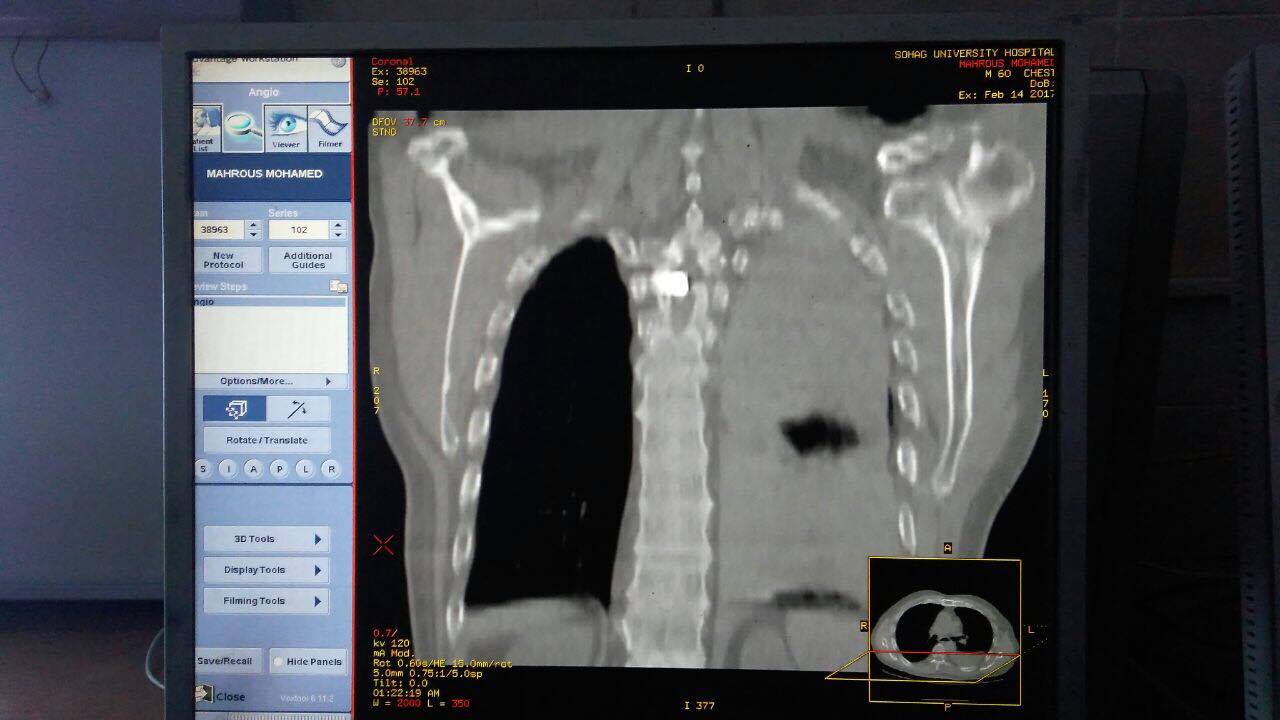Introduction:
Penetrating spinal cord injuries caused by missile or stab wound injuries are uncommon. The harm may be due to the direct injurious effect or the resulting vascular insult either in the form of an intra- or extradural hemorrhage, spinal infarction or a late infection at the site of injury. Penetrating injuries may cause a neurological motor, sensory or an autonomic deficits or a combination of them. Both the conservative and the surgical treatments are widely practiced by the neurosurgeons. Such injuries do not only affect the patient’s lifestyle but also influence the whole patient’s family.
Aim of the study:
To evaluate the penetrating spinal injuries, report both clinical and radiological characteristics of the patients and assess the course and the prognosis in both complete and incomplete spinal cord injuries.
Patients and methods:
A prospective case series of 28 patients came to the emergency department at Sohag university hospital between March 2012 and January 2016 with a penetrating spinal injury caused by knives, dagger, missile and nail gun injuries. A full history was taken. Complete general and neurological examination including motor power, sensory examination was done using Frankel grading classification.
Results:
The average age was 28.36 ± 5.96 years (range 19-37) with male predominance (78.6%). Our study showed the frequency of the lesions’ sites; 12 lumbar, 12 dorsal, and 4 cervical cases. None of the cases showed an infection or cerebrospinal fluid leak. For the degree of spinal cord injury, 16 cases (57.1%) showed no spinal cord injuries, 8 patients (28.6%) showed incomplete spinal cord injuries and 4 patients (14.3%) had complete spinal cord injury with no motor or sensory functions below the level of the injury.
Conclusion:
Complete spinal cord injuries have the worst prognosis. Most of the incomplete spinal cord injuries had improved with varying degrees. The prognosis of the penetrating spinal injury is proportional to the extent and to the level of the injury.


